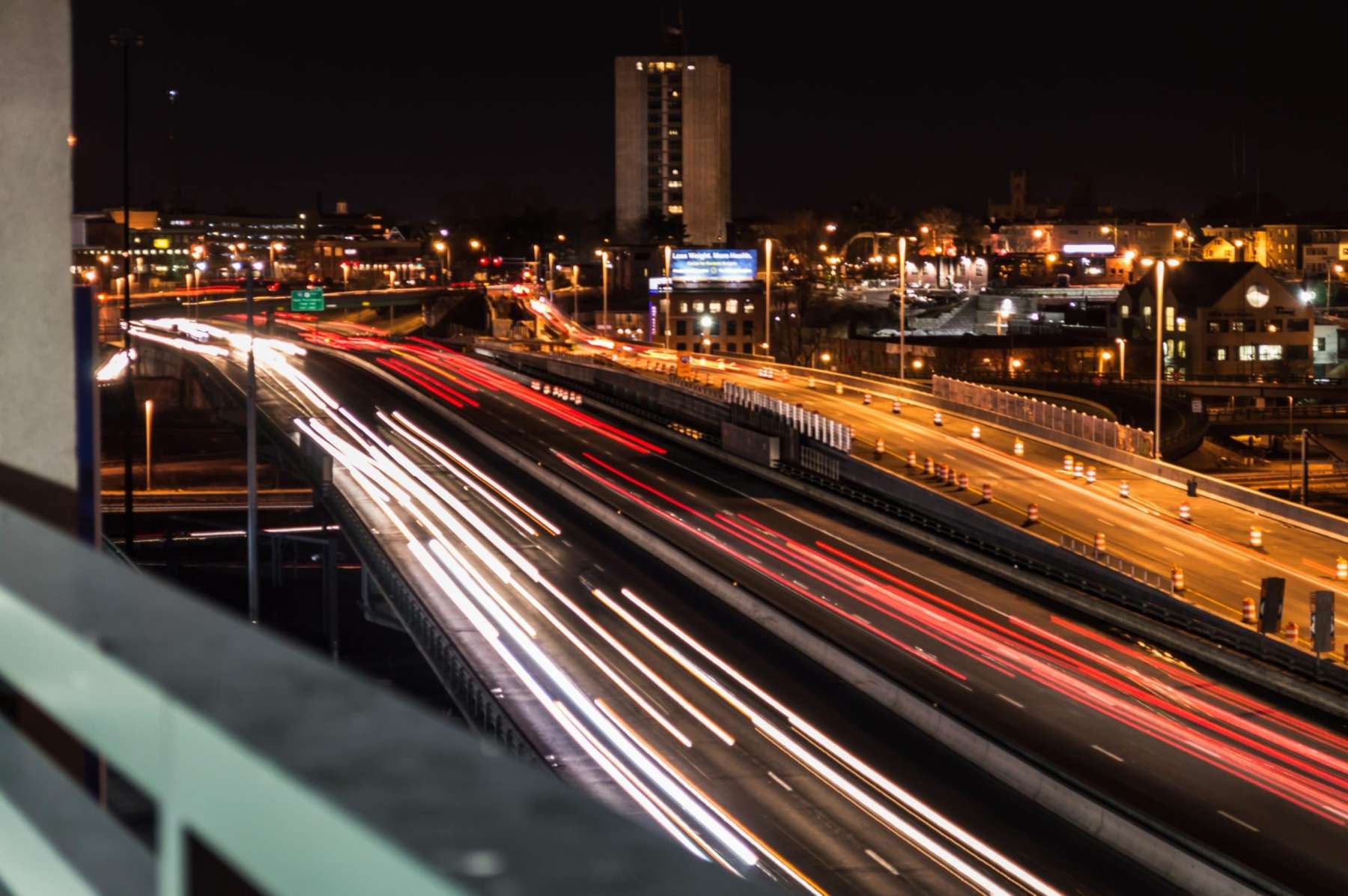Don’t widen I-95. Bury it.
Slicing Providence in half was a crime perpetrated by the planners of the interstate highway system, and one that was replicated in cities across the country. In other countries, the highways go to the cities, not through them.
February 4, 2021, 7:19 pm
By Tom Sgouros
The Rhode Island Department of Transportation is currently planning on adding a couple of lanes to I-95 as it passes through downtown Providence. (This is one of the projects to be financed by the bond whose approval is on the ballot March 2. Please reject/vote no on that, see my piece on that.)
Slicing Providence in half was a crime perpetrated by the planners of the interstate highway system, and one that was replicated in cities across the country. In other countries, the highways go to the cities, not through them. You can see in maps of Germany, for example, that the limited-access autobahns either go around the cities, or feed into local access streets as they approach city centers. Driving highways through America’s cities was a scheme created by an alliance of ambitious road-builders and planners and politicians who saw the roads as a convenient way to destroy “undesirable” – usually Black – neighborhoods (Richard Rothstein‘s The Color of Law has a capsule account of this history, as part of his larger history of government support of segregation.)
In Providence’s case, the highway cut off downtown from Federal Hill and the South Side, cut the South Side off from the water, cut off the State House from the rest of Smith Hill, and more. Hundreds of houses and businesses in over a dozen neighborhoods were simply obliterated and thousands of people displaced. You can see the traces of the old in all the churches downtown that no longer really have the neighborhoods from which they once drew their congregations.
But enough of ancient history. As part of the “Economic Justice Act,” a $435 billion proposal from Senate Democratic leader Chuck Schumer, meant to “address systemic racism and historic underinvestment in communities of color,” there is a $10 billion fund that would provide funds for communities potentially interested in undoing some of that damage by altering or removing the scars of the past.
If you look at I-95 through Providence, there is quite a bit of it below the grade of the city on either side of it. From the I-195 split north to Federal Hill, for example, the highway is clearly in a canyon, and north of the statehouse is another stretch, and near Thurbers Avenue, too. All of this could be decked over to provide valuable open space or even developable lots, as in Fall River or Newton, in Massachusetts. The broken pieces of the city could be tied together again.
Even better might be to acknowledge that land in Providence is too valuable to use merely for a quicker route to Massachusetts. If someone wants to travel through our state, I-295 exists. According to my good friend Google, it costs four minutes to travel from Warwick to Attleboro via I-295 instead of I-95. Four minutes! Is that four minutes more valuable than a city restored from the violence done to it a generation ago? We could send I-95 into a surface boulevard as it approached downtown, and let the city grow up again around it, providing housing and land for people to live and work.
Our world is burning. It is important for us to find ways to cut private use of automobiles, one of the largest sources of greenhouse gases. Even if you yourself have no intention of driving less, there are many people who do. Building neighborhoods where such choices are possible should be one of the highest priorities for fighting climate change. Here’s an opportunity to look into it – and we should seize it.
This all seems somewhat dreamy, but it wasn’t so long ago that moving I-195 was equally farfetched, and we went ahead and did it anyway. Moving I-195 opened up a ton of new land for development, and right after the highway was torn down, I found myself one day standing in some of the newly vacant land, amazed at its scale. What astonishing chutzpah it must have taken to see blocks and blocks of buildings and businesses and people’s homes – their lives and livelihoods – and think, “you know, we should just flatten all this for a highway.”
How much better to use a similarly ambitious vision to replace a sterile roadway with nice places to live? To provide more of that life and activity that Providence embodies? Would that not be a better legacy to leave to our children than another lane on an already too-wide highway?






